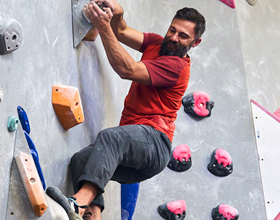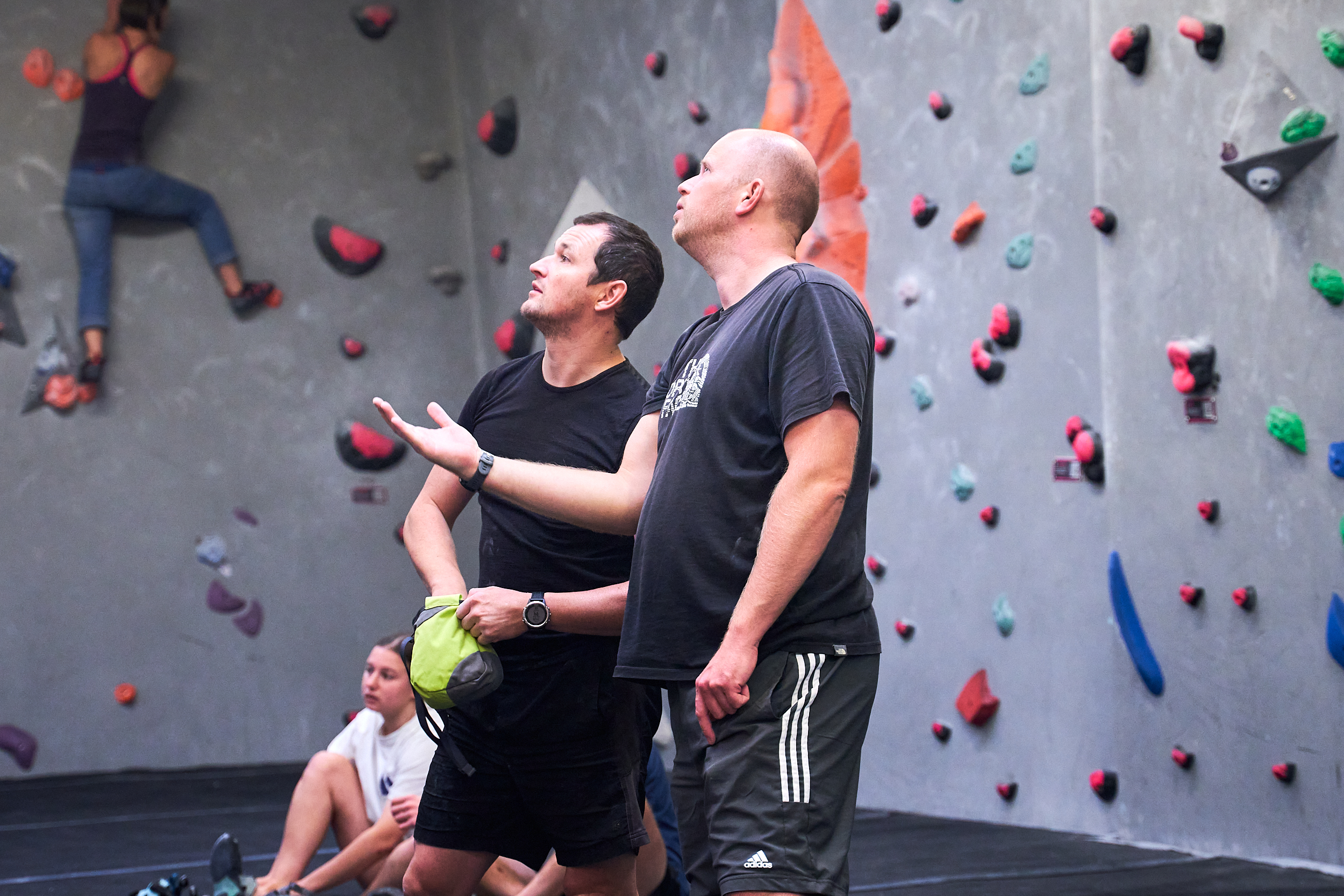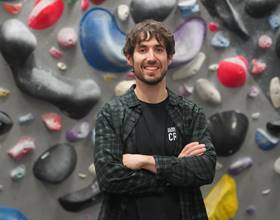
Projecting a climb, aka taking on a challenging route or boulder problem repeatedly until you succeed, is one of the most rewarding parts of climbing. But why dedicate so much effort to a single climb? Why commit yourself to pushing beyond your current skill level, sometimes failing over and over before you send? The answer lies in the many benefits of projecting, which go well beyond a successful ascent. Here’s why projecting can be transformative for your climbing journey and personal growth.
1. Embrace the Challenge
One of the biggest benefits of projecting in climbing is the sheer challenge it presents. Tackling a difficult climb forces you out of your comfort zone, testing both your physical limits and mental resilience. You develop patience by learning that progress takes time. Climbing isn't about instant success, it's about steady improvement - and projecting teaches you to savour that journey. Whether you're indoor climbing or climbing outside on rock, the difficult climbs you choose as projects become milestones that push you toward becoming a stronger, more skilful climber.
2. Develop a Strategic Mindset
Projecting is about experimenting and discovering the most effective way to approach each move. You start refining foot placements, adjusting grip technique, and experimenting with body positioning. Through trial and error, you create your own personalised micro beta – a unique strategy that fits your body and your strengths. This detailed work makes you a more strategic, intuitive climber and helps you understand what techniques work best for you.

3. Unlock Creativity
Climbing isn't a one-size-fits-all sport. Every climber brings different body proportions, strengths, and flexibility to the wall. Projecting helps you embrace this uniqueness by sparking creativity. If one solution doesn't work, you're challenged to think of a new approach. Over time, you build a toolkit of creative solutions, a skill that not only improves your climbing but also sharpens your problem-solving abilities in other areas of life.
4. Build Determination and Resilience
Projecting a route often means facing repeated failures. But each attempt, even if unsuccessful, builds mental strength. Projecting teaches you resilience, determination, and how to manage frustration. By sticking with your project through the highs and lows, you learn to keep pushing forward even when success isn't immediate. This growth in mental toughness is invaluable, both in climbing and in everyday life.

5. Learn from Failure
Failure is an unavoidable part of projecting in climbing, and with it comes valuable lessons. Each fall is a stepping stone, giving you insight into what went wrong and how you can improve. This trial-and-error process makes failure feel less like a setback and more like an opportunity. You learn how to cope with setbacks and find a sense of control, even in challenging situations. Projecting helps you manage your emotions, regulate disappointment, and take setbacks in stride, all of which are skills that enhance resilience.
6. Master Emotional and Energy Regulation
The mental side of climbing is often just as important as the physical. When you’re facing a tough project, you have to balance your energy levels – amping yourself up for difficult moves and calming down to prevent burnout. Projecting teaches you how to find this balance, helping you approach your climbs with the right mental state for peak performance. You learn to manage stress, excitement, and pressure, which can greatly benefit your overall climbing experience.

7. Find Steady Motivation
Motivation can waver, especially on tough climbs, but projecting teaches you to maintain a steady drive. Some days, you’ll feel unstoppable. Other days, you’ll feel stuck. Projecting helps you cultivate a sustainable source of motivation, learning to show up and give your best effort regardless of your mood. The process of working through a climbing project, step-by-step, helps you build a consistent dedication to achieving your goals.
8. Trust Your Instincts and Find Flow
As you become more comfortable on your project, you start to trust your body and instincts. You get to know the moves so well that you can climb almost instinctively, letting your body flow through the sequences. This sense of flow, the "zone" that many athletes describe, is one of the most satisfying states a climber can experience. Projecting helps you get there by encouraging you to trust your intuition and to focus on what's within your control, like your technique and effort.

9. Build Skills for Life
The skills you develop through projecting – patience, resilience, creativity, and emotional regulation – are valuable beyond climbing. They equip you to handle challenges and setbacks in your everyday life with a calm, steady mindset. Projecting teaches you to stay grounded and focused, to trust yourself, and to keep striving toward your goals even in the face of obstacles.
In the end, projecting isn’t just about sending a difficult route or topping a tricky boulder. It's a journey that teaches you to become a more patient, determined, and creative climber. The skills you gain from projecting will serve you well both on and off the wall, helping you tackle life's challenges with the same strength and perseverance that helped you conquer your climb. So why should you try projecting in climbing? Because the rewards are deeper and more lasting than simply reaching the top.
Ready to take your projecting to the next level? Build the mental skills you need to stay focused, stay motivated, and embrace the process. Right now, you can get FREE access to a variety of Unblocd mini-courses (worth £9.99 each), designed to provide short bursts of mindset training to recreational climbers. You can also get 50% off the cost of Unblocd membership, when you’re ready to your head game to the next level.

